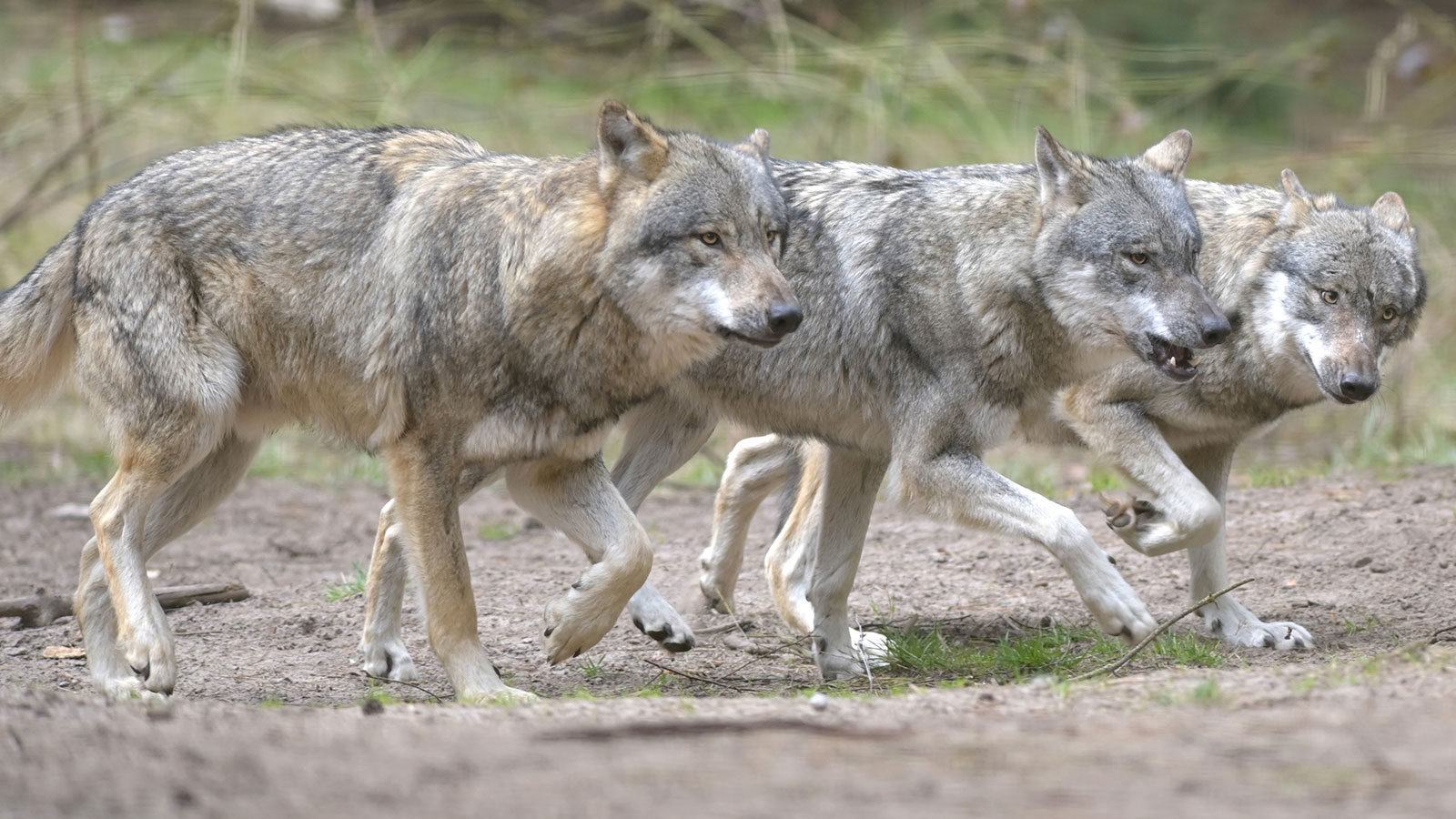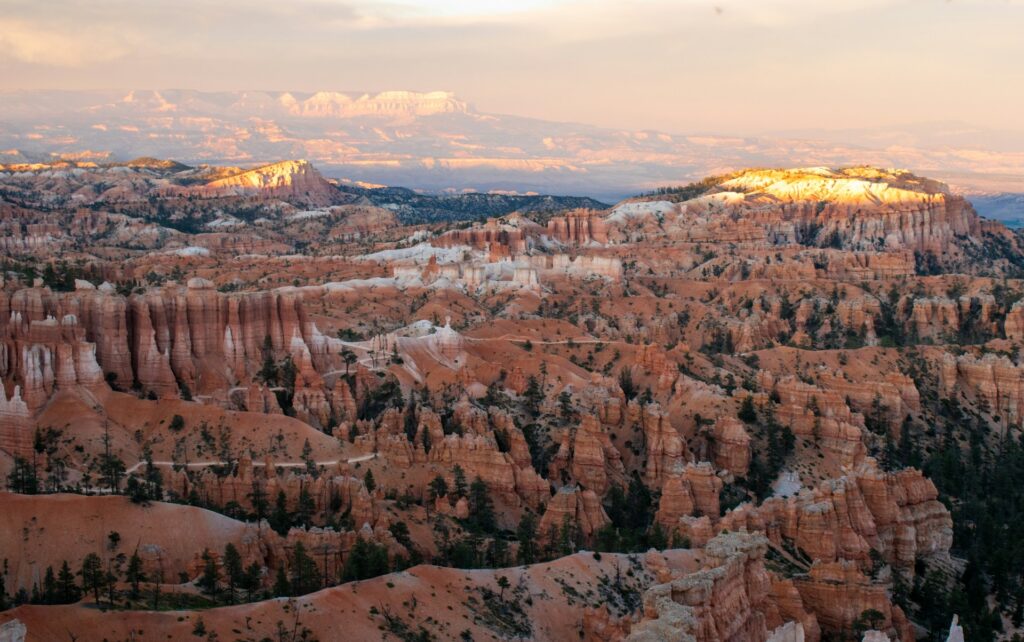Yes, coyotes do travel in packs. They are highly social animals and typically live and hunt in family groups called packs, which usually consist of an alpha pair and their offspring.
Coyotes form packs to increase their chances of survival and to defend their territory and resources. Within the pack, there is a hierarchical structure, with the alpha pair being the dominant members. Pack size can vary depending on factors like food availability and geographic location.
Coyotes are known for their adaptability and can thrive in a wide range of habitats, often coexisting with humans in suburban and urban areas. Their pack behavior helps them succeed in their diverse environments.
Understanding Coyote Behavior
Coyotes are known to travel in packs, as they are highly social animals. These packs usually consist of a monogamous breeding pair and their offspring, but sometimes other unrelated coyotes may join the group. Within a pack, there is a clear hierarchy and assigned roles for individuals.
The alpha male and female are the dominant members and hold authority over the other coyotes. They are responsible for leading and protecting the pack. Other members have subordinate roles and help with activities such as hunting and rearing pups.
Factors such as food availability, habitat quality, and competition with other packs can influence the behavior of coyotes and their social structure. Understanding these dynamics is crucial for comprehending coyote behavior in the wild.
The Pack Life Of Coyotes
Coyotes, much like their larger relatives, wolves, do indeed travel in packs. These packs are formed by family units consisting of a dominant alpha pair and their offspring. The coyote pack functions as a tight-knit community, working together to secure territories and defend against threats.
The size of a pack can vary, but typically ranges from three to eight individuals. Coyotes exhibit remarkable hunting strategies, often employing cooperative behavior to increase their chances of catching prey. They employ tactics such as surround and chase, where members encircle their target before giving chase.
This collaborative hunting allows coyotes to take down larger prey that they wouldn’t be able to capture alone. Within the pack, hierarchy and roles are established, with each member playing a crucial part. Understanding the formation and composition of coyote packs sheds light on these fascinating animals’ social dynamics and survival strategies.
Communication Among Coyotes
Coyotes are known to travel in packs, indicating strong communication among them. Vocalizations play a crucial role in their interactions, allowing them to convey messages and meanings. Additionally, body language and nonverbal cues further enhance their communication abilities. In a pack, effective communication is essential for coordinating activities and establishing hierarchy.
By understanding their vocalizations and recognizing their meanings, coyotes can successfully navigate their social dynamics. Good communication skills contribute to their survival and success as a pack.

Credit: issuu.com
Conclusion
Coyotes are highly adaptable creatures known for their versatility in both solitary and pack-based lifestyles. While they are commonly seen and studied in packs, especially during certain times of the year, it is important to note that coyotes can also thrive as lone wanderers.
Their ability to form packs is primarily driven by the availability of resources and social advantages. The benefits of pack life include improved hunting success rates, defense against larger predators, and better reproduction rates. However, coyotes are not solely reliant on pack life for survival and often exhibit solitary behavior when resources are abundant.
Understanding the dynamics of coyote packs and their individual tendencies is crucial for conservation efforts and reducing conflicts between humans and these resilient canids. By appreciating their flexibility and resilience, we can foster a harmonious coexistence with these fascinating animals.
So, whether they choose to travel in packs or roam alone, coyotes continue to captivate our curiosity and respect in the animal kingdom.








